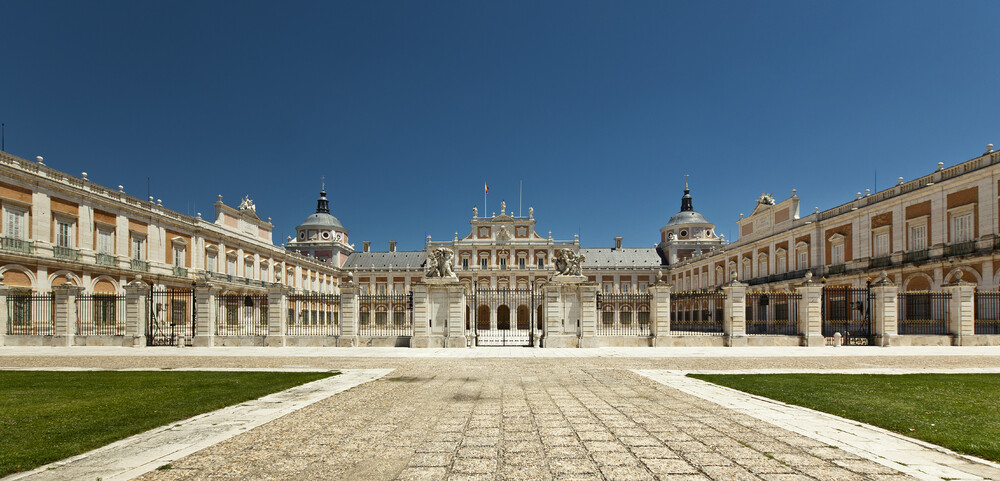Countries<Spain<Madrid<Aranjuez< Paisaje cultural de Aranjuez
The Cultural Landscape of Aranjuez is a unique and well-defined entity that has been shaped by the complex and historical relationships that have developed in it: between nature and the work of man, between the winding riverbeds and the geometric design of the territory, between urban and rural life, between the wild nature of the forest and the refined architectural forms.
With the influence of the Crown and the natural wealth as determining elements, the process of formation dates back to its configuration as a Royal Site in the 16th century, mainly during the reign of Philip II, and subsequently has as outstanding milestones the mandates of Ferdinand VI, Charles III and Isabella II in the 18th and 19th centuries. This landscape survived during the 20th century, when it evolved from private and exclusive use by the Crown to a progressive opening up for the enjoyment of the public and the whole of humanity in the 21st century.
The area declared a Cultural Landscape includes practically all the natural elements and historical attributes that make it up: crossed by the Tajo and Jarama riverbeds and their groves, it includes a large part of the irrigation systems and traditional hydraulic structures, all the orchards, the gardens, the layout of tree-lined streets and squares, the Royal Palace and the 18th century town centre.
It was the first cultural landscape in Spain to be inscribed on the UNESCO World Heritage List in December 2001.
El Paisaje Cultural de Aranjuez es una entidad singular y muy definida que se ha configurado a partir de las complejas e históricas relaciones que en ella se desarrollan: entre la naturaleza y la obra del hombre, entre los cauces sinuosos de los ríos y el diseño geométrico sobre el territorio, entre la vida urbana y la rural, entre la naturaleza silvestre del bosque y las refinadas formas arquitectónicas.
Con la influencia de la Corona y la riqueza natural como elementos determinantes, el proceso de formación se remonta a su configuración como Real Sitio en el siglo XVI, principalmente durante el reinado de Felipe II, y tiene posteriormente como hitos destacados los mandatos de Fernando VI, Carlos III e Isabel II en los siglos XVIII y XIX. Este paisaje pervive durante el siglo XX, en el que se produce una evolución desde un uso privado y exclusivo por parte de la Corona a una progresiva apertura para el disfrute de los ciudadanos y del conjunto de la Humanidad en el siglo XXI.
El área declarada Paisaje Cultural incluye prácticamente la totalidad de los elementos naturales y atributos históricos que lo configuran: atravesada por los cauces de los ríos Tajo y Jarama y sus sotos, integra gran parte de los sistemas de riego y estructuras hidráulicas tradicionales, la totalidad de las huertas, los jardines, el trazado de calles y plazas arboladas, el Palacio Real y el casco urbano del siglo XVIII.
Fue el primer paisaje cultural de España inscrito en la lista de Patrimonio Mundial de la UNESCO en diciembre de 2001.
